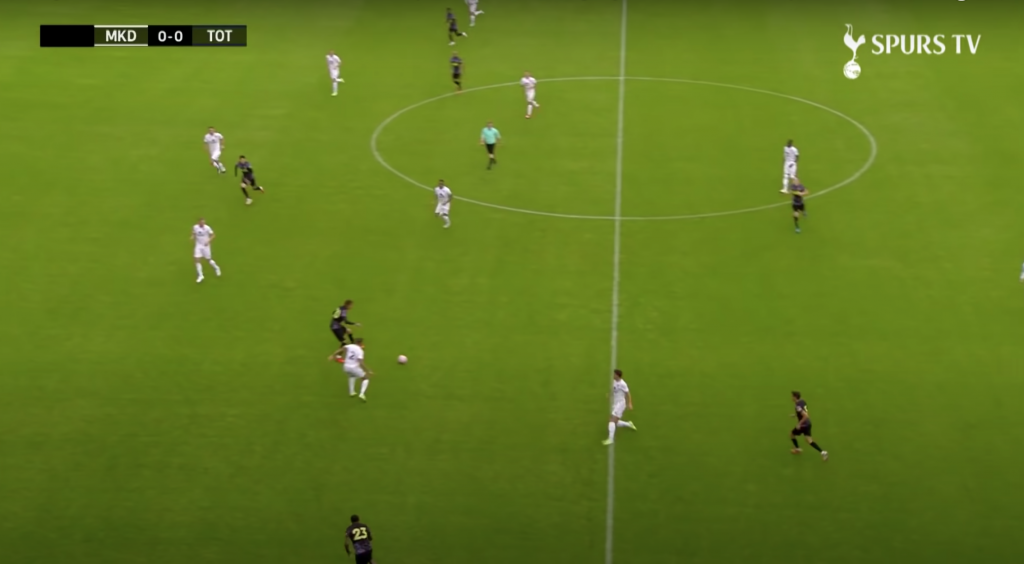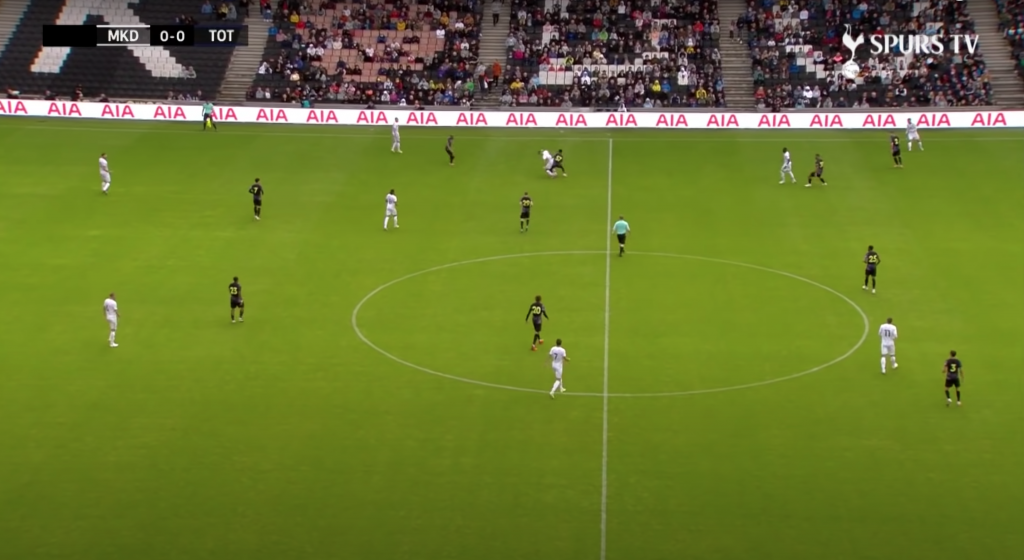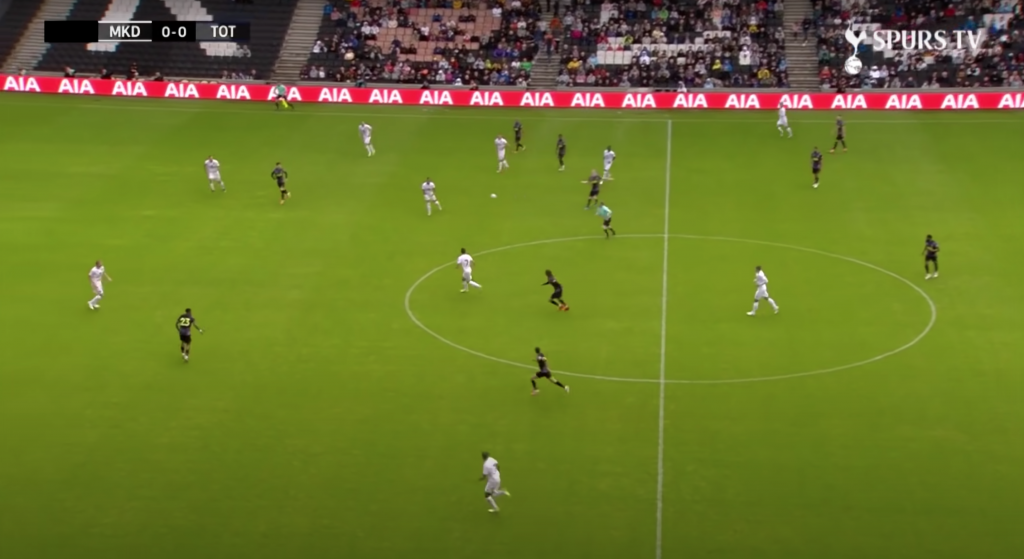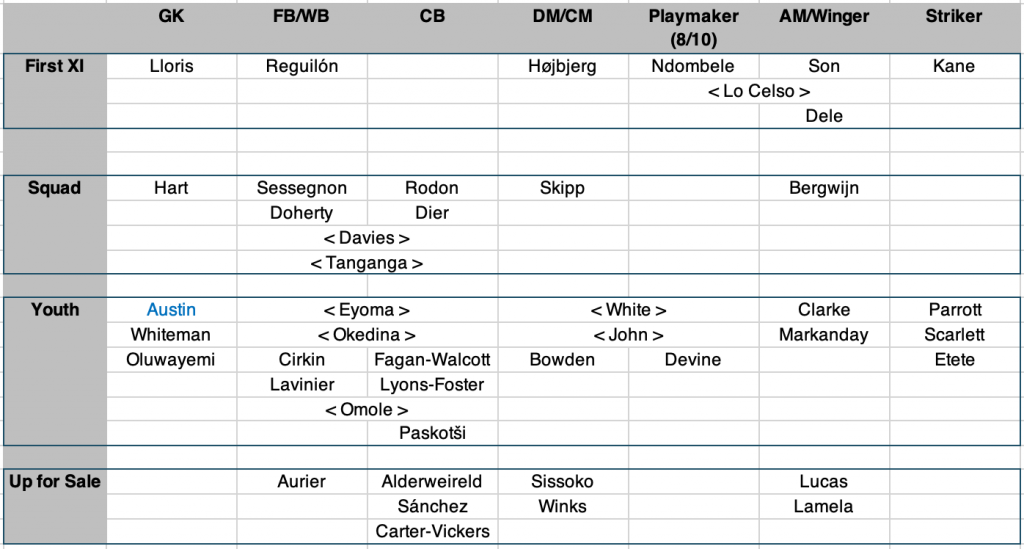Some Pre-Season Thoughts
There’s a bit to talk about!
Everyone’s had their say on the Harry Kane situation, but just to add mine to the mix: it’s so disappointing. Obviously I understand the predicament he’s in. Obviously. He’s the best player in a team which was good but has got worse. But he signed the contract! And he did that for enormous personal gain. This stance is so utterly disrespectful to his teammates, to his brand new manager (poor Nuno!) and to us, as fans. The interview with Gary Neville took the shine off Kane for me and this latest episode has meant that he’s plummeted in my estimation. As Nathan put it on The Extra Inch: “Kane is doing himself so much harm for fuck all in return, so it’s not only shit, it’s also stupid.” Until City actually offer what he’s worth he’s going nowhere and so this could ultimately end up leading to the most embarrassing, uncomfortable climbdown since Wayne Rooney had to do something similar. If they ultimately pay up then *shrug*, he goes with disdain. It needn’t have been like this.
I’ve seen a lot of negative reaction to our pre-season match against Chelsea, but I thought the performance against a strong team was reasonably encouraging. To put it in context, I’m fully expecting Chelsea to challenge for the title, whereas I have us pinned for 4th with Kane and 5th/6th without him. We started on the front foot and, with ten minutes gone, I was encouraged. Chelsea then took control and had a strong 30-35 minutes where they dominated the ball and we couldn’t get a foothold or hold the ball in their half (Lucas Moura is particularly infuriating in those circumstances). For me, Dele was the only bright spot in the first half — he was playing some nice, creative passes and his pass selection felt very Nuno’d. By that I mean that I’d rarely seen him play so many switches and it was interesting to see him playing this role. Personally, I don’t think Dele is at his best as an 8 in a 4-3-3 but he’s done a more than adequate job in pre-season and, without Tanguy Ndombele and Giovani Lo Celso, he is essentially the only genuinely creative midfielder we have.
Anyway, the balance of the game changed in the second half, and we were good! Harry Winks had the strongest half of football he’s had in a fair old while, moving the ball quickly and efficiently. We created some nice attacks and should have had a penalty but it ended up 2-2 against, as I say, a genuinely strong team. We’ve got a lot of first teamers to come back in and signings to be made and so this was just fine.
Jubril Okedina signed for Cambridge permanently today; check out the replies to this — really feel good stuff. I’m a bit surprised if I’m honest. He made a leap last year and I thought we’d try to get him a loan at a higher level and go from there. From a career point of view, though, this is a brilliant move for him and I am pleased for him that he has a home and can focus on developing there. I hope we got a sell-on percentage installed in the deal and I hope he goes from strength to strength.
It looks like Dennis Cirkin is on his way out too. I really rated Cirkin. It’s not exactly been a year of progression for him and, in some ways, I think he might have been a victim of his own success. Had he not been spotted and ‘fast tracked’ by He-Who-Must-Not-Be-Named, perhaps he’d have had a year out on loan and we’d have seen some progression. As it is, I’m not sure he’s kicked on has hoped, albeit with some personal tragedy having made the last year a truly difficult one for him. All that said, he is a really talented boy and he’s definitely one who could rise to the top in time, so I hope we’ve covered ourselves with clauses all over the shop. I hope he smashes it at Sunderland.
I am the host of The Extra Inch; a Spurs podcast that delves into the analytical side of Tottenham games. Check us out! If you already follow the podcast, consider becoming an xSub for additional content, including videos, and extra podcasts.
I recently added a Donate button to this site. It’s on the ‘About‘ page. I explain why on there. Cheers!



